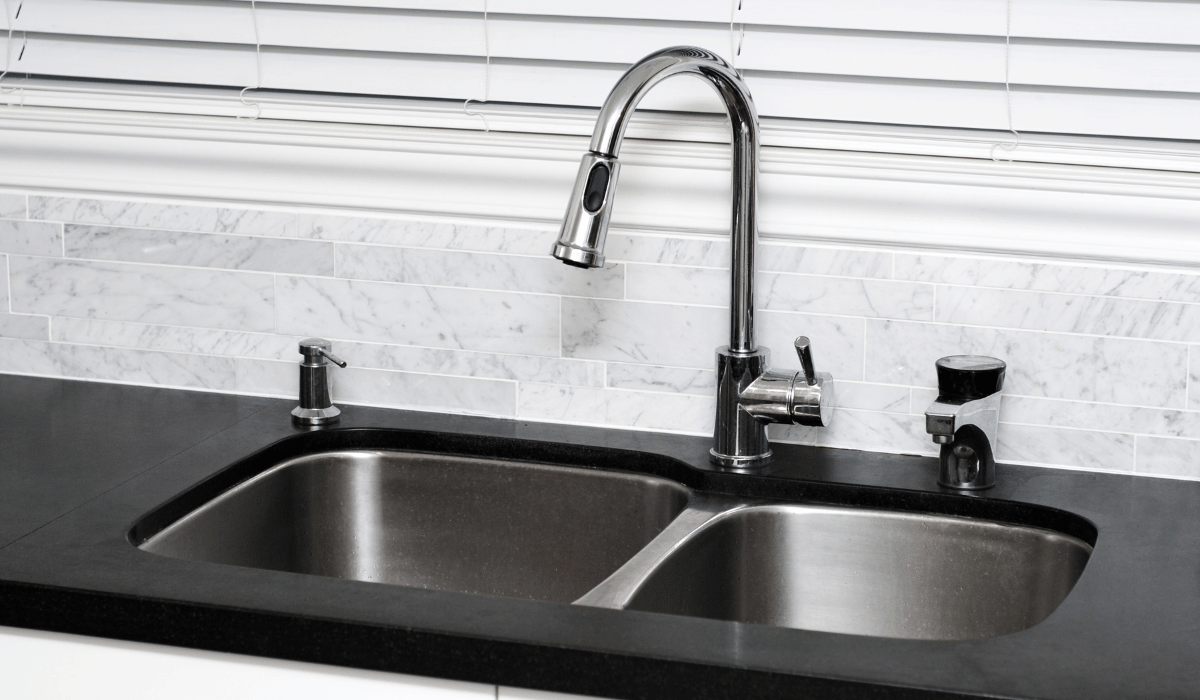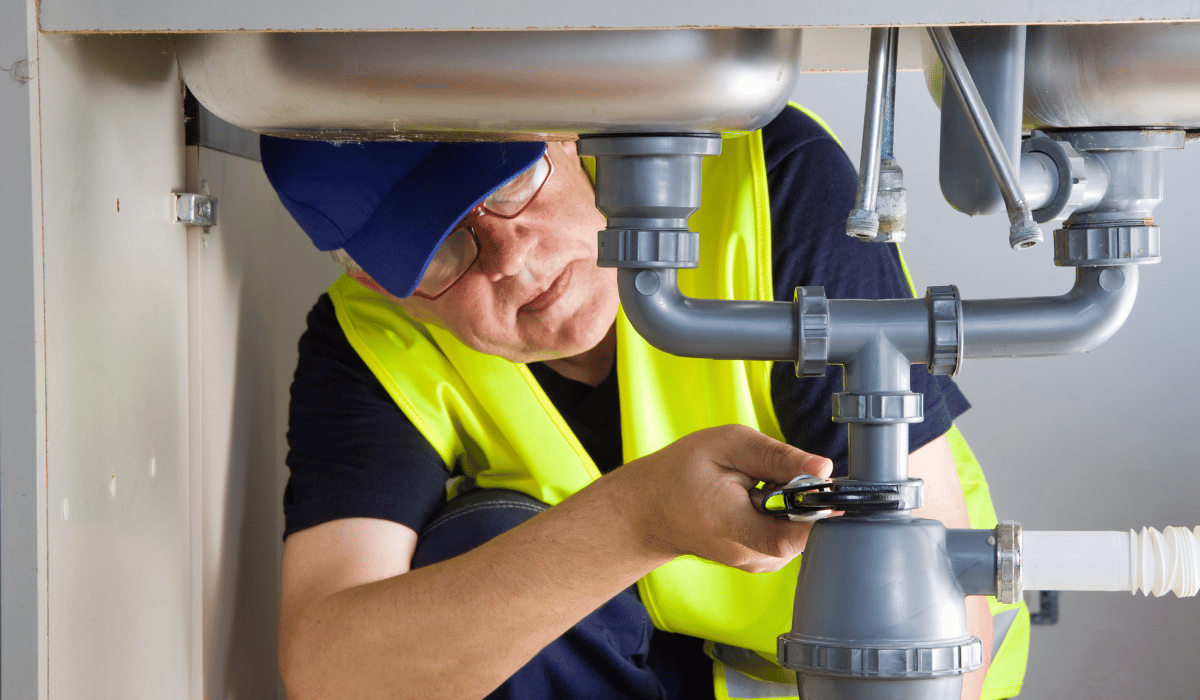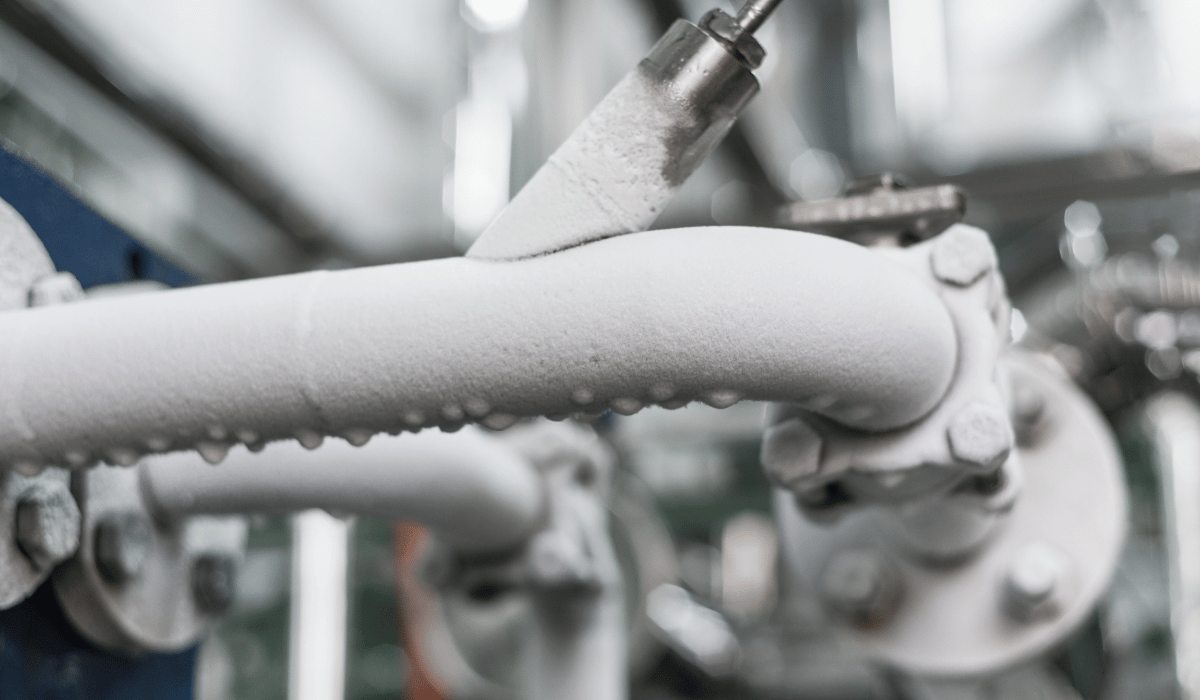Winter brings cozy nights by the fireplace, but it can also bring plumbing woes. Frozen pipes are a common winter nightmare, potentially leading to burst pipes and extensive water damage. The good news is that quick action can help you thaw frozen pipes and avoid a plumbing disaster.
Signs Your Pipes Are Taking an Icy Dip

How do you know if your pipes have become popsicles? Here are some telltale signs:
- No Water Flow: Turn on a faucet. If no water comes out, or only a trickle, you might have a frozen pipe.
- Pipe Bulging: Frozen water expands, so bulging pipes are a red flag. Look for unusual bumps or distortions in pipework.
- Frosty Friends: Visible frost on pipes, especially near exterior walls or crawlspaces, is a strong indicator that they’re frozen.
The sooner you identify a frozen pipe, the sooner you can take action to thaw it. If possible, try to locate the frozen section to target your thawing efforts.
Thawing the Freeze: Safe and Effective Methods
Safety is paramount when dealing with frozen pipes. Here’s how to thaw them effectively, while avoiding creating bigger problems:
- Safety First! Open flames and electrical appliances near frozen pipes are a recipe for disaster. Always prioritize safety and avoid using these methods.
- Gradual is the Name of the Game: Rapidly heating frozen pipes can cause them to crack. Patience is key!
Internal Heat Sources
- Open Up the Heat: Open cabinet doors under sinks or in crawlspaces to allow warm air to circulate around frozen pipes.
- Gentle Applications: Apply heat with a heating pad set on low or a hair dryer on a low heat setting. Keep the heat source moving to prevent overheating any one spot.
- Space Heater Strategy: If using a space heater, keep it at a safe distance from pipes and any flammable materials. Ensure proper ventilation to avoid overheating the room.
External Heat Sources (Use with Caution)
- Space Heater Aim: If the frozen pipe is accessible and you can ensure proper ventilation, you can cautiously use a space heater directed at the frozen area. Keep flammable materials at a safe distance.
- Steam Cleaning (Limited Use): A portable steam cleaner can be used in short bursts on exposed pipes, but exercise extreme caution and follow the manufacturer’s instructions carefully. Improper use can damage pipes.
When DIY Isn’t Enough

If the frozen pipe is inaccessible, your thawing methods aren’t working, or worse, a pipe bursts, don’t hesitate! Contact a licensed plumber immediately.
Why Call a Plumber? Plumbers have the experience and tools to safely and efficiently thaw frozen pipes. They can also assess any damage and make necessary repairs to prevent future problems.
Be Prepared to Avoid the Freeze
An ounce of prevention is worth a pound of cure, especially when it comes to frozen pipes. Here’s how to prepare your plumbing for winter:
- Insulate Exposed Pipes: Wrap exposed pipes in attics, crawlspaces, and unheated areas with insulation to prevent heat loss.
- Seal the Leaks: Seal air leaks around pipes with caulk or weather stripping to prevent cold air from reaching the pipes.
- Keep the Water Flowing: During cold snaps, especially at night, allow a slow trickle of warm water to run from a faucet, particularly on exterior walls. This helps prevent water in the pipes from freezing.
Don’t Let Winter Water Woes Chill Your Holidays
By following these tips, you’ll be well-equipped to identify and thaw frozen pipes safely. Taking preventative measures can also help you avoid the issue altogether. But if a frozen pipe emergency strikes, don’t hesitate to call in the cavalry!
Perfect Price Plumbing is Here to Help!
Our experienced and licensed plumbers are available 24/7 to tackle your frozen pipe problems. We have the expertise to thaw pipes quickly and efficiently, minimizing damage and getting your water flowing again. Don’t wait until a burst pipe turns your home into a winter wonderland nightmare.
Contact Perfect Price Plumbing today and keep your pipes flowing freely all winter long!

